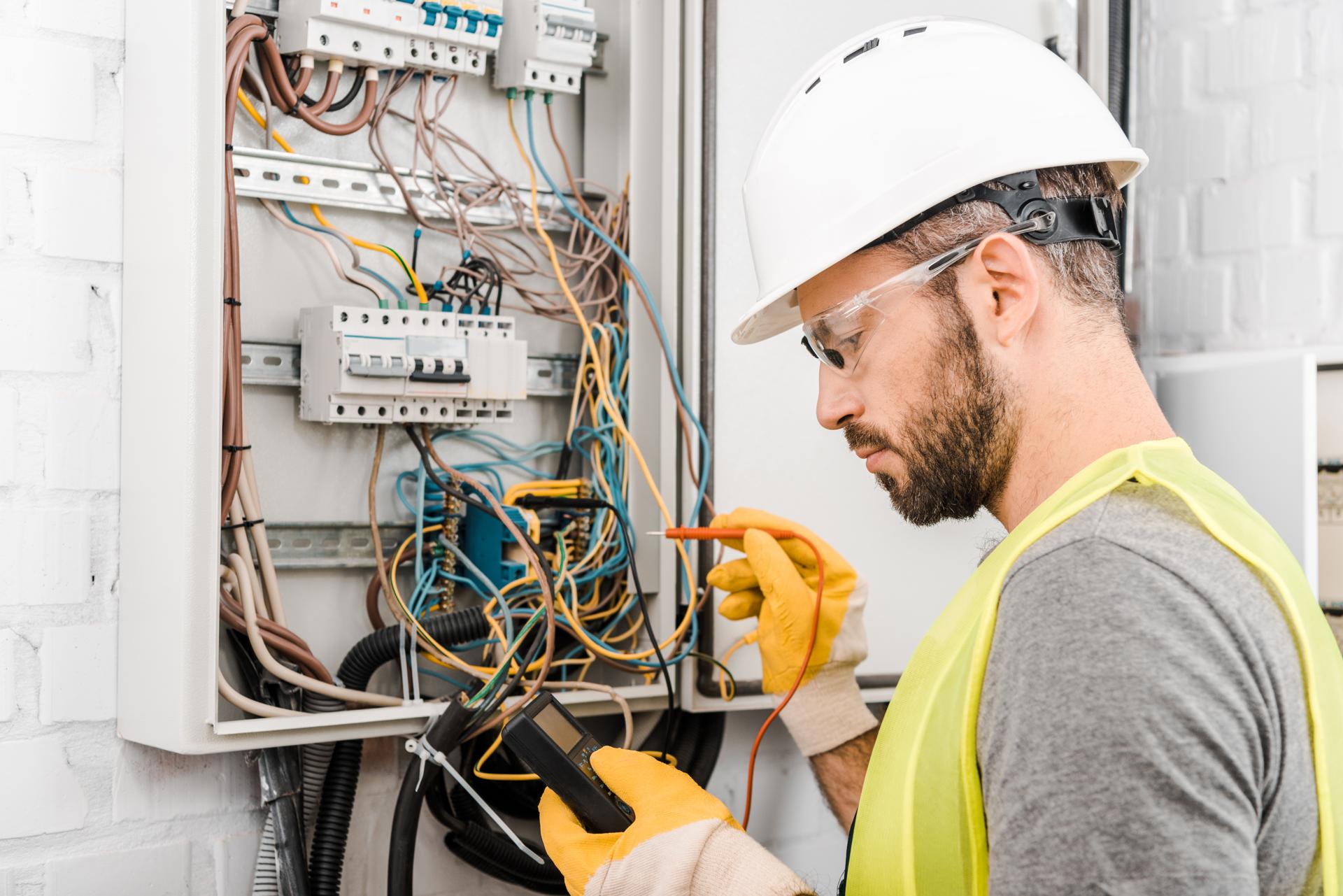The Essentials of Electrical Wiring in Your Home: A Beginner's Perspective

Electricity is an integral part of our everyday lives, supplying everything from the lighting in our houses to gadgets we use every day. But electricity systems are complex making it difficult to understand how they function can be difficult. In this article, we’ll break down the components in an electrical circuit and show how circuits operate to power appliances and devices. Our residential electricians can handle any electrical jobs you need.
Components of an Electrical System
A home’s electrical system includes a number of essential components that work to supply power to homes. This includes:
Breaker box: the central distribution point for electric energy in a house, where the electricity is divided into different circuits
Outlets and switches: the points at which electricity is supplied to appliances and devices
Wiring: the wires that transmit electricity from the breaker box, to the outlets and switches
Electric appliances, devices and equipment: the appliances and devices that require electricity for their functions.
Electrical Circuits
A circuit of electricity is one that lets electricity flow from the source (the breakers box) to the appliances and devices in the home. There are two kinds of electrical circuits in a home: 120-volt circuits and circuits with 240-volt voltage. 120-volt circuits are utilized to power most household appliances and appliances, while the 240-volt circuits are designed for larger appliances like air conditioners and electric dryers.
Electrical circuits work by creating a loop that allows electricity to flow from the source to the device or appliance. The loop is made up of a hot wire which is the conduit for electricity along with a neutral wire that completes the circuit, and the ground wire which provides the pathway for the electricity to get to the ground in case of a fault.
Understanding Electrical Wiring
Electrical wiring is available in a variety of different types, including non-metallic sheathed cable (NM), armored cable (AC) and conduit. Each kind has its own advantages and drawbacks and the selection of the type of wiring is based on the specific requirements that the location requires.
Wiring conducts electricity through the creation of electrons through the wire. Electrons move between the origin and the appliance or device returning to the source via the neutral wire. It is essential to ensure the wiring is put in place and maintained properly, since improper wiring can cause electrical hazards like shocks and fires.
Common Electrical Issues
The most frequent electrical problems found at home include tripping breakers, flickering lights and dead outlets. The causes of these issues could be by a myriad of causes such as overloading circuits broken connections, and defective wiring.
If you are experiencing one of these problems, it’s essential to identify the cause and take appropriate actions to rectify the issue. In some instances, this may involve contacting an accredited electrician to examine and fix the wiring.
Concluding as well as a Call to Action
In the end, knowing the way electrical wiring functions is vital to ensure the safety and reliability of your home’s electrical system. By adhering to the guidelines laid out in this guide, you can stay secure and avoid potential dangers.
In case you’ve got any concerns or questions about your home’s electrical system Don’t hesitate to reach out to Adelaide Electrician. Our licensed electricians has the expertise and experience to address all of your electrical needs. Contact us at 0488 822 778 to schedule a consultation.
FAQ
What are the symptoms of a faulty electrical wiring?
Signs of faulty electrical wiring can include tripping breakers, flickering lights, or dead outlets, among others.
How often should I have my home’s electrical system inspected?
It is recommended to have your home’s electrical system checked by a licensed electrician each 10 years.
What is the life expectancy of wiring that is electrical?
The life expectancy of electrical wiring is dependent on several factors, including the kind of wiring, the location it’s located in, as well as the quality of the installation. The majority of electrical wiring lasts as long as thirty years, or even more, with proper installation and maintenance.
Do I have the ability to fix electrical issues by myself or should I employ an electrician?
Although some electrical issues can be fixed by homeowners, it’s advised that you employ an authorized electrician for most electrical repairs. If you attempt to fix electrical issues without proper training and expertise is risky and may cause damage or injury the property.
What should I do if I have an electrical issue at home?
If you encounter an electrical problem first thing to do is to turn off the power supply to the affected location by turning off the breaker or the fuse. Then, contact a licensed electrician to inspect and repair the problem as quickly as possible.
By following these rules By following these rules, you can ensure security and reliability of your electrical system in your home and reduce potential hazards. Remember, when it comes to electrical repairs and installations, it’s best to leave it to the experts. Call Adelaide Electrician at 0488 822 778 to discuss all of your electrical requirements.
